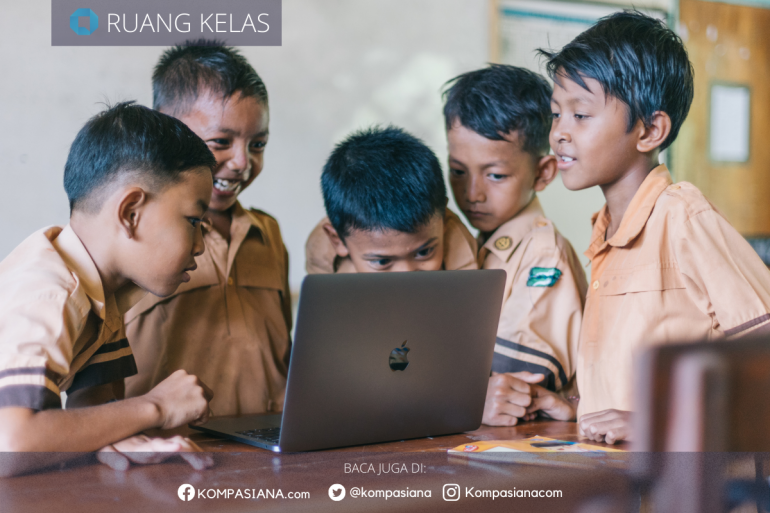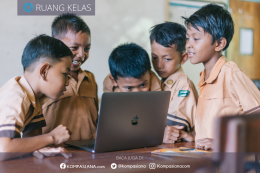- In the past, NASA Space Shuttle missions explored the mysteries of outer space.
- The Apollo program marked a significant milestone in the history of space exploration.
- Future astronauts will journey through the cosmos to explore distant planets.
- As we continue to study the universe, we uncover new celestial bodies.
- Scientists use robotic probes to gather data from distant corners of the universe.
- The International Space Station orbits Earth, serving as a platform for scientific research.
- Lunar missions in the past paved the way for human exploration beyond Earth.
- Spacewalks allow astronauts to conduct repairs and experiments outside spacecraft.
- The Hubble Space Telescope provides breathtaking images of distant galaxies.
- Astronauts train rigorously to become mission specialists.
- Rocket propulsion is essential for spacecraft to escape Earth's gravitational pull.
- The Artemis program aims to return humans to the Moon.
- Astronauts experience zero gravity during orbital missions.
- Communication satellites facilitate global communication from outer space.
- Scientists study exoplanets to understand the potential for life beyond our solar system.
- The Space Race between superpowers drove advancements in space technology.
- The Voyager missions continue to send back data from the outer reaches of the solar system.
- The Mars rovers Spirit, Opportunity, Curiosity, and Perseverance explore the Martian surface.
- Dark matter is one of the mysteries that astronomers seek to unravel.
- SpaceX missions aim to revolutionize space travel with reusable rockets.
- Lunar modules enabled astronauts to land on the Moon during the Apollo missions.
- The ISS serves as a space station where astronauts live and work for extended periods.
- Microgravity research provides insights into how the human body adapts to space.
- Solar flares can disrupt communication systems on Earth.
- The Artemis program seeks to land the first woman and the next man on the Moon.
- Cosmic radiation poses a risk to astronauts traveling beyond Earth's protective atmosphere.
- The space habitat provides a living environment for long-duration space missions.
- Astronauts conduct experiments aboard the ISS to study the effects of space on the human body.
- The search for black holes continues to captivate astronomers and physicists.
- Future missions will explore deep space, venturing beyond our solar system.
- The Space Shuttle orbiter carried payloads into space during its missions.
- Navigation systems are crucial for spacecraft to navigate through the cosmos.
- The International Space Station orbits Earth approximately every 90 minutes.
- In the past, space exploration was limited by the technology of the time.
- The Artemis program aims to establish a sustainable human presence on the Moon by the end of the decade.
- Robotic probes are sent to explore distant planets and moons in our solar system.
- The ISS is a collaborative effort involving multiple space agencies from around the world.
- The future of space exploration holds endless possibilities for discovery.
- Astronauts train underwater to simulate the effects of microgravity.
- Rocket boosters provide the initial thrust needed to launch spacecraft into orbit.
- Planetary exploration missions gather data to understand the geological makeup of other worlds.
- The Hubble Space Telescope has provided unprecedented views of distant galaxies.
- The search for extraterrestrial life continues to fuel public interest in space exploration.
- During reentry, spacecraft experience intense heat as they return to Earth's atmosphere.
- Future space missions may involve mining asteroids for valuable resources.
- Celestial bodies like comets and asteroids provide valuable insights into the early solar system.
- The ISS serves as a platform for international collaboration in space research.
- Taikonauts from China have made significant contributions to human space exploration.
- The Apollo program demonstrated humanity's ability to land on and return from the Moon.
- The study of space weather helps protect satellites and astronauts from harmful radiation.
- Zero-gravity research aboard the ISS has led to advancements in materials science.
- Astronauts wear space suits to protect themselves from the harsh conditions of space.
- The Artemis program aims to establish a sustainable human presence on the Moon.
- The Mars rovers have provided valuable data about the Martian surface and atmosphere.
- Communication satellites enable global telecommunications from space.
- The study of exoplanets provides clues about the prevalence of Earth-like worlds.
- The Voyager missions continue to transmit data from the outer edges of the solar system.
- Lunar modules were used to transport astronauts from lunar orbit to the Moon's surface.
- The Artemis program aims to land the first woman on the Moon.
- Dark matter constitutes a significant portion of the universe's mass.
- The ISS serves as a laboratory for scientific research in microgravity.
- The study of cosmic radiation helps scientists understand the origins of the universe.
- Solar flares can disrupt satellite communications and power grids on Earth.
- The SpaceX missions aim to reduce the cost of space travel through reusability.
- Lunar rovers allow astronauts to explore the lunar surface more effectively.
- The Apollo program represented a monumental achievement in human history.
- The Hubble Space Telescope has revolutionized our understanding of the cosmos.
- Zero-gravity experiments aboard the ISS have implications for future space travel.
- The Artemis program seeks to establish a sustainable human presence on the Moon and prepare for future missions to Mars.
- Robotic probes have provided valuable data about the composition of other planets.
- The ISS serves as a platform for international cooperation in space exploration.
- Taikonauts undergo rigorous training before embarking on space missions.
- The Apollo program inspired generations to dream of exploring the stars.
- The Artemis program aims to land astronauts near the lunar south pole.
- The Hubble Space Telescope has captured stunning images of distant galaxies.
- Microgravity research aboard the ISS has led to advancements in medicine and materials science.
- Solar flares are caused by magnetic activity on the Sun's surface.
- The Voyager missions continue to explore the outer reaches of the solar system.
- Astronauts aboard the ISS conduct experiments in a wide range of scientific disciplines.
- Lunar modules were used to transport astronauts from lunar orbit to the Moon's surface and back.
- The Artemis program aims to establish a sustainable human presence on the Moon by 2024.
- The study of exoplanets has revealed the diversity of planetary systems beyond our own.
- The ISS orbits Earth at an average altitude of approximately 420 kilometers.
- Zero-gravity environments enable scientists to study phenomena not possible on Earth.
- The Apollo program laid the groundwork for future human exploration of the Moon and beyond.
- Solar flares can disrupt satellite communications and pose risks to astronauts in space.
- The Artemis program aims to return humans to the Moon for the first time since the Apollo missions.
- Microgravity research aboard the ISS has led to advancements in pharmaceuticals and materials science.
- The Hubble Space Telescope has captured images of galaxies billions of light-years away.
- The Voyager missions have provided valuable data about the outer planets and interstellar space.
- Astronauts aboard the ISS conduct experiments to study the effects of long-duration spaceflight on the human body.
- Lunar modules were essential for transporting astronauts to and from the lunar surface during the Apollo missions.
- The c aims to establish a sustainable human presence on the Moon as a stepping stone for future missions to Mars.
- The study of exoplanets has revealed the potential for habitable worlds beyond our solar system.
- The ISS serves as a platform for scientific research in fields such as biology, physics, and astronomy.
- Zero-gravity research aboard the ISS has led to advancements in understanding fluid dynamics and combustion.
- Solar flares are unpredictable eruptions of energy from the Sun's surface.
- The Artemis program aims to land the first woman and the next man on the Moon by 2024.
- The Hubble Space Telescope has provided invaluable data for astronomers studying the universe's origins and evolution.
- Microgravity research aboard the ISS has implications for future long-duration space missions, including those to Mars.
Follow Instagram @kompasianacom juga Tiktok @kompasiana biar nggak ketinggalan event seru komunitas dan tips dapat cuan dari Kompasiana. Baca juga cerita inspiratif langsung dari smartphone kamu dengan bergabung di WhatsApp Channel Kompasiana di SINI
Beri Komentar
Belum ada komentar. Jadilah yang pertama untuk memberikan komentar!







